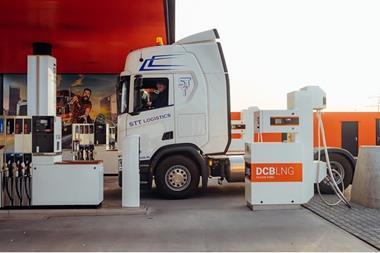Brent crude futures at this week topped $75/bl for the first time since November 2014, pushed up by tensions in the Middle East that are exacerbating the underlying effects of strong demand and producers’ output restraint. UK drivers are not yet feeling the pressure of the latest $6-7/bl rise as retail prices are slow to catch up.
Missile strikes in Syria in April were limited but raised the spectre of a wider conflict that might disrupt oil output in the Middle East in a market that is already tight.
The steepest backwardation in the crude market in almost four years, where Brent 12 months ahead was at an average $5.10/bl discount to the front month in April, has intensified the signal to the market to destock. OECD stocks had shrunk from a vast overhang to a sliver above the five-year average at the last count. So it is likely that Opec and its partners have already reached their declared goal of bringing these stocks below the five-year average.
The US and other non-Opec producers have been pushing out new production but have not kept up with demand growth, forecast at 3.9% by the IMF this year the highest since 2010. Demand was already up by 2.4mn b/d in the first quarter year-on-year. In addition to Opec/non-Opec output restraint, supply is further curbed by a political and economic crisis in Venezuela that is starving the oil industry of investments and has slashed output there.
Road fuel prices have not quite kept up with rising crude prices. Crack spreads for diesel the main economic-growth product remain strong at around $13/bl but have weakened by $3/bl since the start of April. Diesel margins remain higher than gasoline by some $3.40/bl, illustrating the importance of road freight transport in current product demand.
Oil supply may well remain tight because even though Opec and its partners have probably reached their goal, Saudi Arabia wants the alliance to continue reining in output. On the demand side, the biggest threat to growth is a potential trade war between China and the US. So far, fore-casters are not factoring this in and continue to predict strong prices for motorists.

































No comments yet